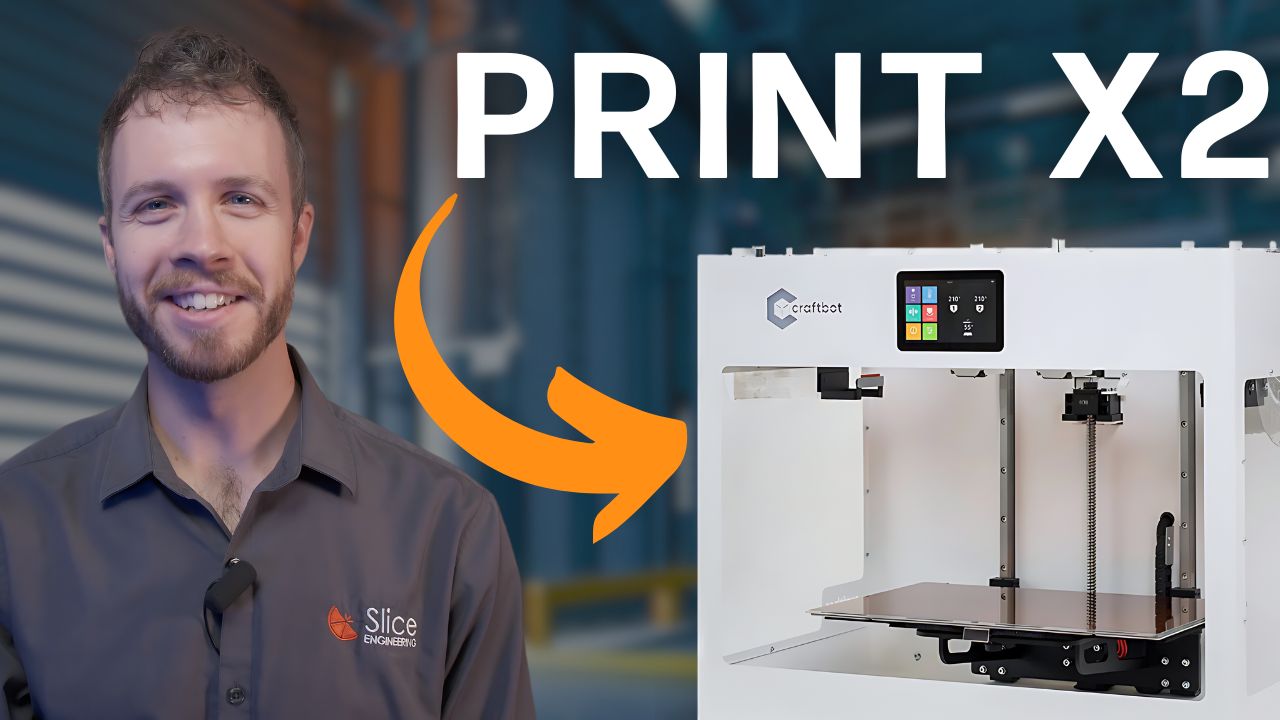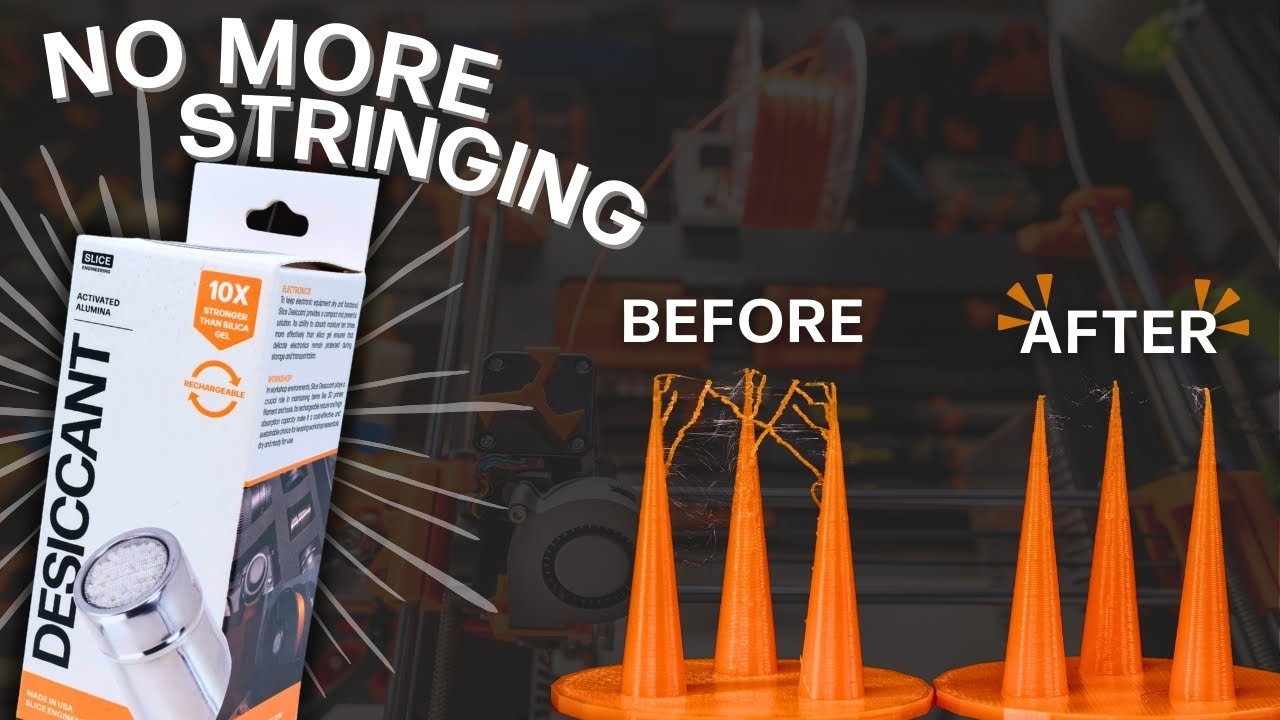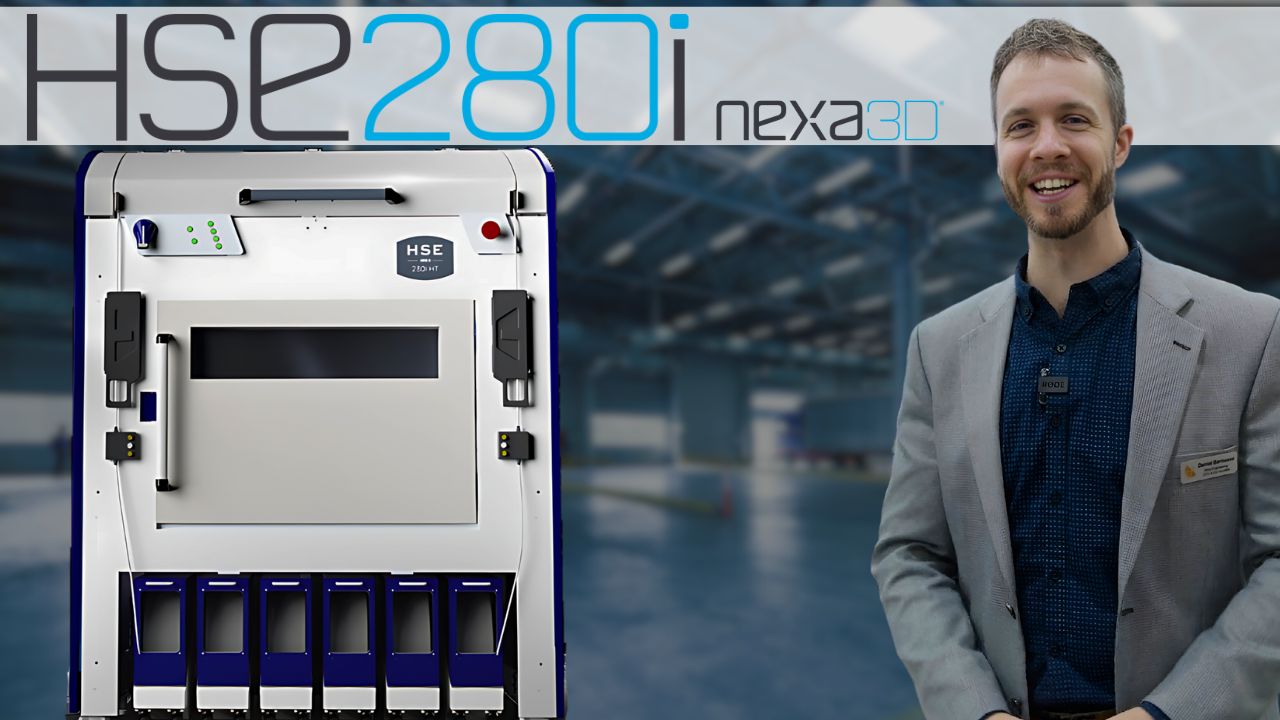How 3D Printing is Changing Businesses: From Our HQ to Real-World Applications
Exploring 3D Printing in Business: How It's Revolutionizing Operations
Today, we’re diving into how 3D-printed parts are used here at Slice Engineering’s headquarters to streamline operations and boost efficiency. We'll also explore how businesses, large and small, are leveraging this technology to innovate and solve everyday problems across various industries.
3D Printing at Slice Engineering HQ
Hi everyone, I’m Daniel Barousse, CEO and co-founder of Slice Engineering. We’re a team of former medical device engineers who now specialize in 3D printer components and accessories. As you might imagine, 3D printing plays a significant role in our day-to-day operations.
For instance, we use 3D-printed jigs to secure components while applying torque, ensuring precise assembly and reducing setup time. Another example is the custom-designed plug gauge holders we created. These organizational tools help us with quality control, making our inspection process both efficient and accurate. This is just a glimpse into how we use 3D printing to optimize our workflow.
Real-World Applications of 3D Printing
But it’s not just us at Slice Engineering taking advantage of 3D printing. Businesses in various industries are discovering the many benefits of incorporating 3D printing into their processes.
For example, Publix, a well-known grocery chain here in Florida, uses 3D-printed holders for their card readers at checkout. This innovation allows them to quickly replace broken parts, keeping operations running smoothly without long downtimes.
Small businesses are also benefiting from this technology. According to recent statistics, 68% of companies use 3D printing for prototyping and early manufacturing, while 40% produce functional parts, and 26% manufacture tools. This flexibility allows small businesses to rapidly prototype, customize products, and reduce costs—all essential factors for staying competitive.
Key Advantages of 3D Printing for Businesses
-
Cost Reduction: By using 3D printing for prototyping and small-scale production, businesses can save on material costs, reduce waste, and eliminate expenses associated with molds and tooling in some cases.
-
Customization: 3D printing enables businesses to create highly customizable products tailored to specific customer needs.
-
Speed: With a 3D printer on hand, businesses can rapidly iterate and bring products to market much faster than with traditional manufacturing methods.
-
Sustainability: 3D printing contributes to more sustainable manufacturing practices by reducing overproduction and waste. Some filaments are even made from recycled materials, like fishing nets, which helps lower the overall carbon footprint.
Industry Use Cases
Several industries are embracing 3D printing in creative ways. Ford uses it to create custom tools for manufacturing, which reduces both time and cost. BMW is another example, using 3D printing to prototype parts for their vehicles and race cars, allowing for faster iteration and testing. Even Ford’s Maverick pickup truck offers downloadable CAD files so customers can print their own accessories—how cool is that?
One of my favorite projects was working with a local team to 3D print parts for a 1987 Ferrari that’s no longer in production. Scanning and printing allowed us to manufacture parts that weren’t available anywhere else, bringing the car back to life.
3D printing has also made a significant impact in prosthetics, allowing for the production of affordable, custom-fit prosthetics for people in need. Companies like Hand-in-Hand out of Egypt and Island Mission Support in Guatemala are providing life-changing prosthetics through 3D printing. In fact, 3D printing is often the only way to achieve this level of customization.
In the medical field, 3D-printed surgical guides are helping doctors perform complex surgeries, like brain operations, with greater precision. Meanwhile, in aviation, companies like GE are using 3D printing to manufacture lighter, more efficient fuel nozzles for jet engines. Airbus also utilizes this technology to create lightweight structural components for aircraft.
Even consumer goods brands are getting in on the action. Adidas, for example, produces 3D-printed soles for their Futurecraft 4D running shoes, which are designed for a customized fit to improve performance. Similarly, 3D-printed titanium implants are revolutionizing orthopedic surgeries, such as hip and knee replacements, providing a tailored fit for each patient.
If you’ve ever used Invisalign or similar products, those dental trays are made using 3D printing technology, and many schools and universities are incorporating 3D printing into their curriculum for creating anatomical models, architectural prototypes, and other educational tools.
The Future of 3D Printing
The future of 3D printing is incredibly exciting. We're seeing trends like increased use of 3D printing for end-use parts, more sustainable materials, and advancements in speed and mechanical properties. These innovations will continue to revolutionize manufacturing and open up new possibilities for customization and efficiency.
Are you ready to take your additive manufacturing to the next level?
Recent Posts





